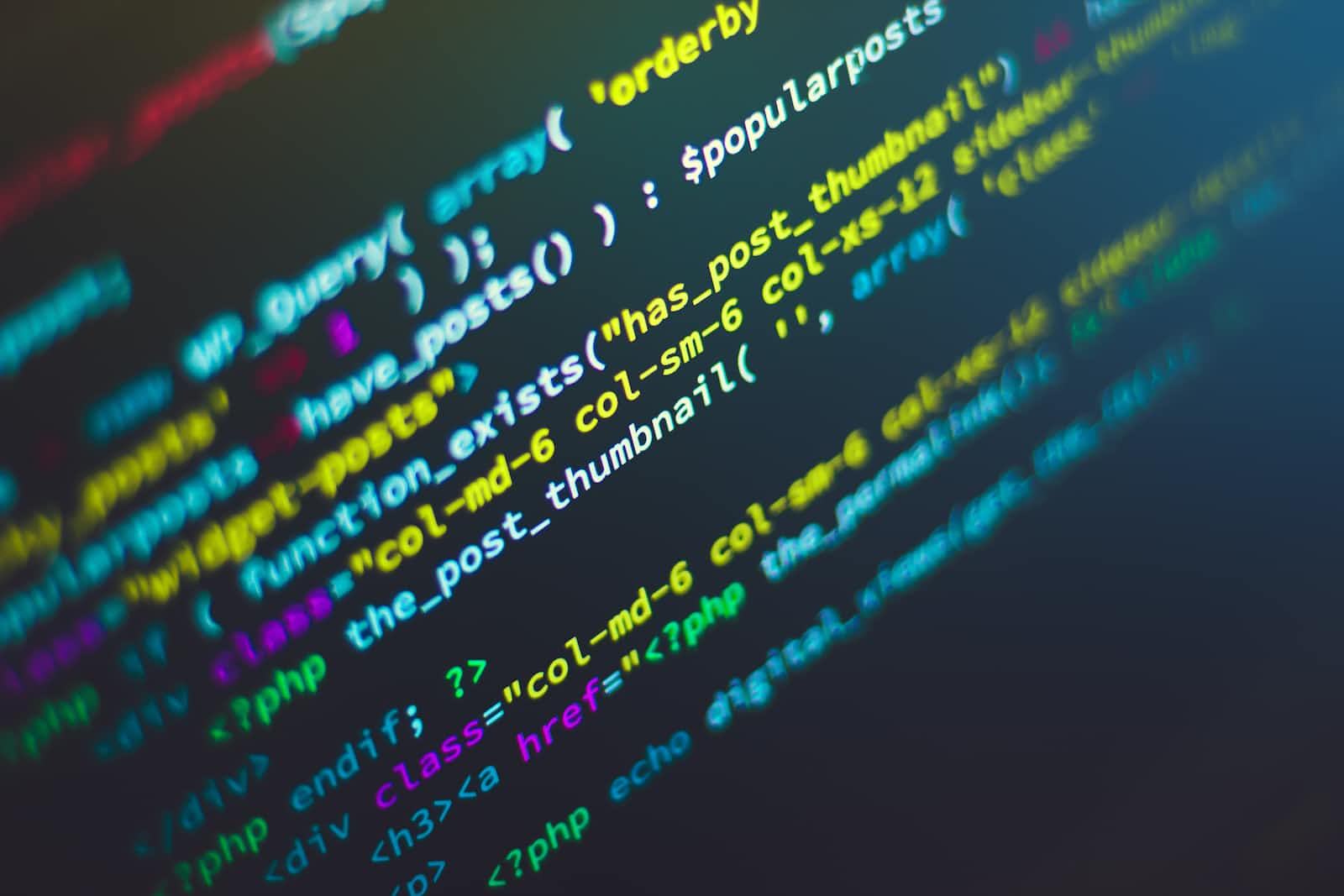Debugging JavaScript like a Pro: Essential Methods and Tips in 2023
 Vaibhav Kumar
Vaibhav Kumar
Learn essential methods and expert tips to debug JavaScript code like a pro. With different debugging methods, including console.log(), breakpoints, try/catch, and more, you will become an expert at identifying and fixing errors. Plus, get useful tips to simplify the debugging process and make it less overwhelming. This comprehensive guide has everything you need to master the art of debugging JavaScript code.
Debugging is an essential skill for any developer, and JavaScript is no exception. Whether you are a beginner or an experienced developer, you will encounter errors in your code that you need to fix. In this guide, we will look at different methods of debugging JavaScript code, and provide tips to help simplify the process.
Debugging Methods
Console.log()
Console.log() is the simplest method of debugging JavaScript code. It allows you to log messages to the console, and is useful for debugging variables and checking their values. You can use console.log() to log variables and messages as shown below:
let x = 5;
console.log(x); // output: 5
console.log('Hello World!'); // output: Hello World!
It is essential to remember that using console.log() excessively will slow down your application, so use it sparingly.
Breakpoints
Breakpoints are a powerful debugging method that allows you to stop code execution at a specific line of code. You can then inspect the values of variables, step through the code line by line, and identify errors. You can add breakpoints to your code using your browser's developer tools. Most browsers support breakpoints, and you can access them using the F12 key.
let x = 5;
let y = 10;
let z = x + y;
debugger; // inserts a breakpoint
console.log(z);
The code above uses the debugger keyword to add a breakpoint. You can also add breakpoints by clicking the line number in your code editor or using the F12 key in your browser tools.
Debugger Keyword
The debugger keyword is similar to breakpoints, but instead of adding a breakpoint using the browser's developer tools, you can add a debugger statement in your code. When the debugger statement is reached, execution is paused, and you can inspect the values of variables, and step through the code.
let x = 5;
let y = 10;
let z = x + y;
debugger;
console.log(z);
It is essential to remember to remove debugger statements from your code before deploying to production as the debugger keyword can stop execution and slow down your application.
Try/Catch
Try/catch is a method of handling errors and exceptions in JavaScript. You can use try/catch to catch errors and log them to the console or display them to the user.
try {
// code that might throw an error
} catch(error) {
console.log(error);
}
The try block executes the code that might throw an error, and the catch block catches the error and logs it to the console. You can also display the error to the user using an alert or notification.
Call Stack
Call Stack is a visual representation of the function calls in your code. The Call Stack shows you the order in which your functions are called and how they interact with each other. You can use the Call Stack to identify errors in your code and the execution order.
function add(x, y) {
return x + y;
}
function subtract(x, y) {
return x - y;
}
function multiply(x, y) {
return x * y;
}
function divide(x, y) {
return x / y;
}
function calculate(numberOne, numberTwo) {
let sum = add(numberOne, numberTwo);
let difference = subtract(numberOne, numberTwo);
let product = multiply(numberOne, numberTwo);
let quotient = divide(numberOne, numberTwo);
return { sum, difference, product, quotient };
}
console.log(calculate(5, 2));
In the code above, the calculate function calls the add, subtract, multiply, and divide functions, and the console.log() statement logs the output to the console.
DOM Breakpoints
DOM Breakpoints allow you to stop execution when a particular element is modified or removed. You can use DOM Breakpoints to identify which code changes an element or when an event is triggered.
<button onclick="changeText()">Click me</button>
<script>
function changeText() {
document.getElementById("demo").innerHTML = "Hello World";
}
</script>
In the code above, when you click the button, the changeText() function modifies the text inside the demo element. You can add a DOM Breakpoint to the demo element, and the execution will stop when the element is modified.
Tips for Debugging
Use Meaningful Variable Names
One of the most common mistakes in debugging is using meaningless variable names. Use descriptive and meaningful variable names that reflect what the variable is used for.
// bad variable name
let x1 = 5;
// good variable name
let numberOfUsers = 5;
The variable name numberOfUsers is more descriptive and makes it easier to understand what the variable is used for.
Use Comments
Comments are helpful in explaining what your code does. Always add comments to your code, especially when you write code that is difficult to read or understand.
// Find the sum of an array of numbers
function sumArray(array) {
let sum = 0;
for (let i = 0; i < array.length; i++) {
sum += array[i];
}
return sum;
}
The comment above the sumArray function makes it easier to understand what the function does.
Use Breakpoints Sparingly
Use breakpoints sparingly and in the correct locations. Do not add breakpoints to every line of code, as this will slow down your application and make it difficult to debug.
Keep it Simple
Finally, debugging can be overwhelming, especially for beginners. Always keep it simple, and isolate the problem as much as possible. Simplify your code, and break it down into smaller parts until you find the problem.
Conclusion
Debugging JavaScript code is an essential skill for any developer. In this guide, we have looked at different methods of debugging, including console.log(), breakpoints, debugger keyword, try/catch, Call Stack and DOM Breakpoints. We have also provided tips to help you simplify the debugging process, including using meaningful variable names, adding comments to your code, using breakpoints sparingly, and keeping it simple. Remember, debugging takes practice, and with time and experience, you will become an expert at it.
Subscribe to my newsletter
Read articles from Vaibhav Kumar directly inside your inbox. Subscribe to the newsletter, and don't miss out.
Written by

Vaibhav Kumar
Vaibhav Kumar
Hi there! My name is Vaibhav and I am a front-end web developer with 2 years of experience in building beautiful and functional websites. I have a strong passion for creating elegant, user-friendly interfaces that provide a seamless user experience. I have worked with various front-end technologies such as HTML, CSS, JavaScript, and jQuery, and have experience working with modern front-end frameworks like React. I also have experience with web accessibility standards and ensuring that websites are fully accessible to all users. While I enjoy working on the front-end, I am also interested in becoming a full-stack web developer. I am constantly expanding my skills and knowledge, and I have been actively learning back-end technologies like Node.js, Express.js, and MongoDB. My goal is to become a well-rounded developer with the ability to build complex, full-stack web applications that solve real-world problems. In addition to my technical skills, I am a team player with strong communication and problem-solving skills. I am always willing to learn from others and share my own knowledge and expertise to help the team succeed. Thank you for taking the time to read my profile. I am excited about the prospect of working with others to create innovative and impactful web solutions.